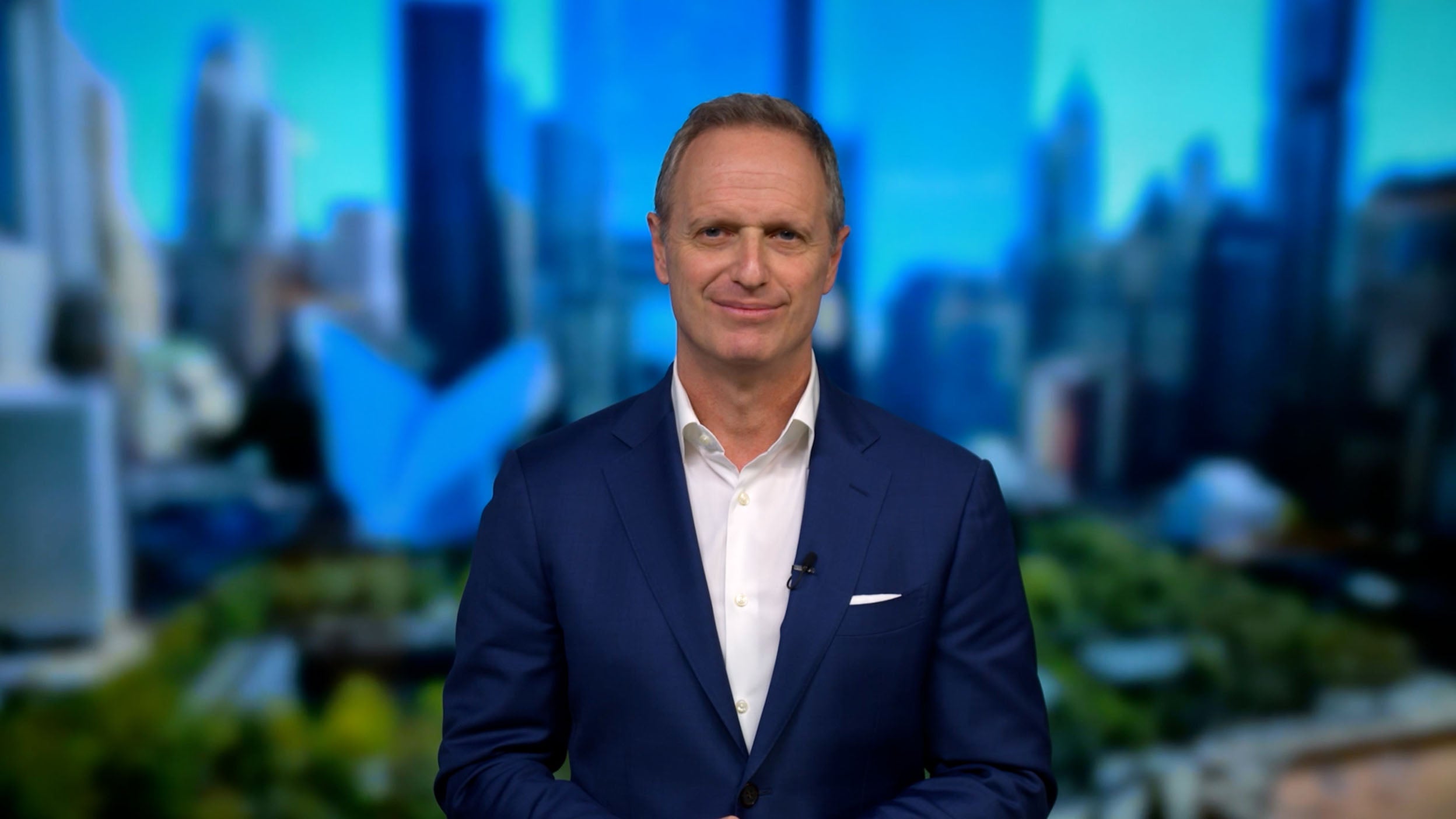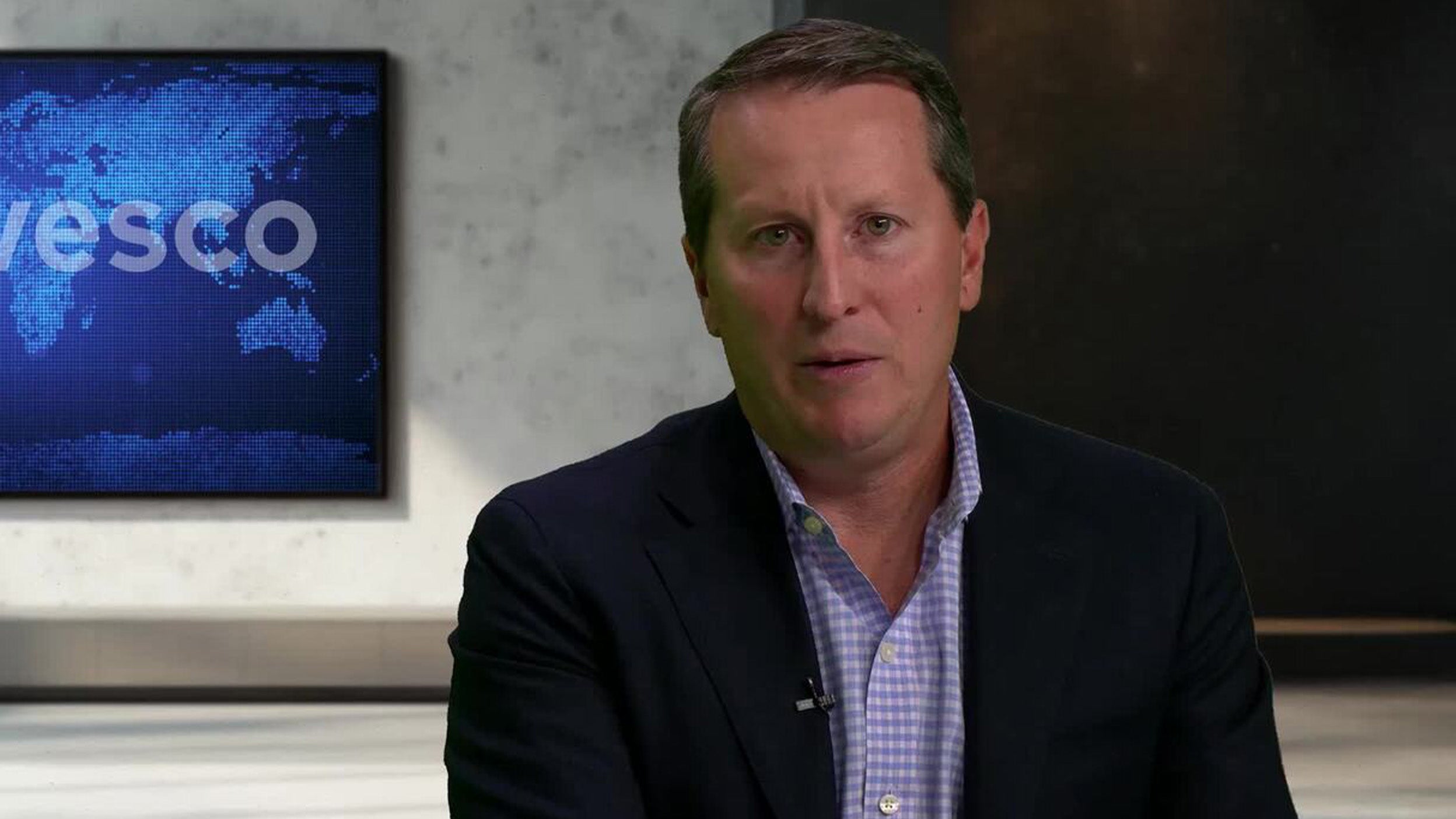Global Fixed Income Strategy Monthly Report | November/December 2025

Global Fixed Income Strategy Monthly Report
Get an analysis of important drivers of global fixed income markets, including macroeconomic trends, interest rates, currencies, and credit, in our monthly global strategy report.
In our November report:
Global macro strategy
The global macro backdrop presents opportunities for fixed income investors. We favor positioning for a weaker US dollar, steeper global yield curves, and selective credit exposure.
Interest rate outlook
US: Neutral. We believe the Federal Reserve (Fed) will cut rates in December, but we think the market is overpriced for rate cuts in 2026.
Europe: Neutral. We expect the European Central Bank (ECB) to remain on hold in the near term, though a rate cut late this year or in early 2026 is possible if inflation undershoots expectations and growth risks rise.
Currency outlook
US: Underweight based on a dovish Fed and slower growth outlook.
Europe: Overweight the euro on expected US dollar weakness and positive 2026 European economic performance.
Global credit strategy
US: Underweight the US dollar, based on a narrowing growth differential between the US and the rest of the world, potential Fed rate cuts, and the US desire for a weaker currency to support domestic manufacturing and reshoring.
Europe: Overweight the euro, based on expectations of continued US dollar weakness and narrowing interest rate differentials.
The bottom line: Emerging market debt
Get insight on recent events impacting the US municipal market, including the October Fed rate cut, the New York City mayoral election, and the elevated new issue calendar from Mark Paris, Chief Investment Officer and Head of Municipals.
Catch up on the last few editions:
FAQs
Whether you’re looking for income, diversification, capital preservation or total returns, our global fixed income teams have the strategies, the scale and the flexibility needed to match your objectives as markets evolve.
We have more than 200 fixed income specialists who invest across regions, investment styles and capital structures. Their expertise spans the entire fixed income spectrum, covering credit, rates and currencies.
- $518 billion in fixed income assets under management
- 18 years investing in fixed income markets
Source: Invesco as of June 30, 2025.
Fixed income investments can offer several important benefits to investors:
- Diversification: Adding fixed income securities to a portfolio can help diversify it and reduce its overall risk, as bonds typically behave differently to other investment instruments like equities.
- Risk reduction: Fixed income investments are deemed less risky than stocks, as the issuer is contractually obliged to meet the income payments and repay the principal sum on the redemption date. In the event of bankruptcy, fixed income instruments also sit higher up the capital structure than equities. This means that the issuer will meet its debt obligations before looking after its shareholders.
- Liquidity: Many fixed income securities are highly liquid and can be easily bought and sold in the market.
While fixed income securities are deemed less risky than equities, there are still some key things to look out for:
- Interest rate risk: When interest rates go up, bond prices go down. This is because, in the new higher rate environment, new bonds will be issued on more attractive terms. As such, investors looking to sell their existing bonds will need to do so at a discount in order to compete.
- Inflation risk: When investors buy a bond, they commit to tying their money up for a set period of time. If inflation is high or rises during the lifetime of the loan, its value will be eroded and their money will have less purchasing power when it is repaid on the redemption date. Inflation also erodes the purchasing power of the income earned.
- Credit risk: When you invest in a business or government, there is always a risk that they will go bankrupt and fail to repay the loan. Furthermore, if they run into difficulties, they may struggle to meet interest payments and default on their obligations. Fixed income investors should carry out thorough credit analysis before buying a bond to make sure the issuer is financially sound.
- Market risk: If an investor is unable to hold a bond until maturity and needs to sell it on the secondary market, price fluctuations resulting from the overall performance of financial markets could lead to losses.
Related insights

Research Taking the pulse of sovereign investors: Geopolitics, China, and fixed income
The world is changing, and sovereign investors see both risks and opportunities from these shifts — from emerging tensions over trade and tariffs, to China’s advancements in strategic sectors, to the changing role of fixed income in portfolios. Explore insights from our survey.

ETF Investing with the fear factor
Tariff, trade war, and market volatility headlines can make investors fearful. It's unsettling, but fear can also create opportunities.

Fixed Income The active management advantage
Learn how the Invesco Fixed Income team leverages active strategies to navigate risks, capitalize on credit opportunities, and deliver better outcomes.


